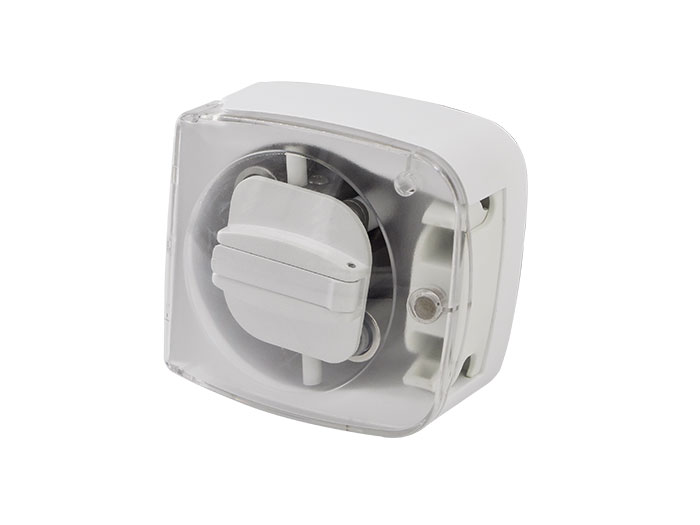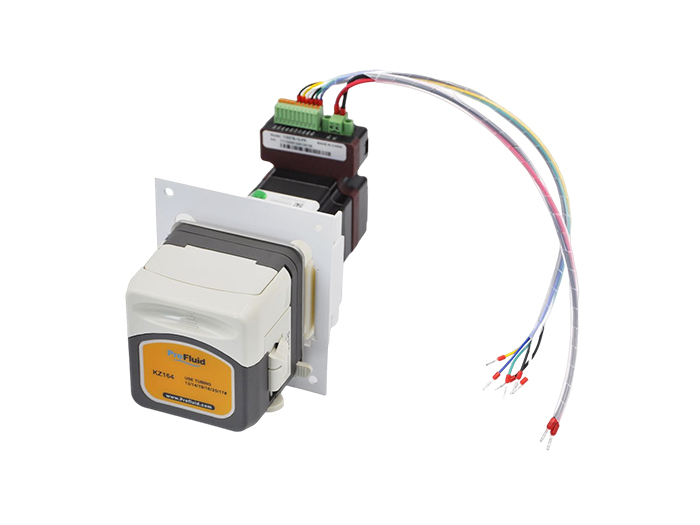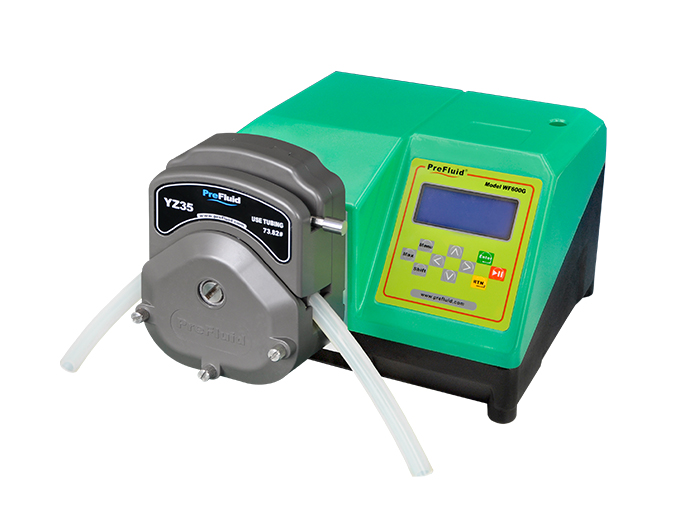As a common fluid transmission equipment, peristaltic pump is widely used in medical, chemical, food, environmental protection and other fields. With the growing market demand, OEM contractors began to incorporate peristaltic pumps into their product lines to meet the needs of various industries. This article will introduce the characteristics, application fields and operating principles of OEM peristaltic pumps in detail, to help readers understand and choose products that suit their needs.
OEM peristaltic pumps, that is, peristaltic pumps produced by original equipment manufacturers, are products that are offered for sale by other companies. Compared with ordinary peristaltic pumps, OEM peristaltic pumps pay more attention to product customization and diversity. In order to meet the different needs of various industries, OEM peristaltic pumps can be produced according to user requirements, such as pump head material, flow range, pressure requirements, etc. This gives OEM peristaltic pumps a greater advantage in the market competition.
In the medical industry, OEM peristaltic pumps are widely used in drug delivery, hemodialysis and other fields. Thanks to their precise flow regulation and low shear forces, OEM peristaltic pumps ensure the accuracy and safety of drug delivery. In addition, the pump head material of OEM peristaltic pump can choose medical grade materials to avoid contamination of drugs and meet strict medical standards.
In the chemical industry, OEM peristaltic pumps are often used for the transport of corrosive media. Due to its special structure and working principle, OEM peristaltic pumps can effectively resist the corrosion of corrosive media to the pump body and improve the service life of the equipment. At the same time, OEM peristaltic pumps can also choose different pump head materials according to different medium characteristics, such as fluorine rubber, neoprene rubber, etc., to ensure safe and reliable transportation.
In the food industry, OEM peristaltic pumps are mainly used in liquid mixing, transportation and other processes. Thanks to its unsealed construction and detachable pump head design, OEM peristaltic pumps avoid contamination and cross-infection problems and increase production efficiency. In addition,
OEM peristaltic pumps can also choose materials that meet the food hygiene certification according to the requirements of the food industry to ensure the safety of the product.
The OEM peristaltic pump works by continuously squeezing the hose through a roller on the pump head to achieve fluid delivery. By changing the speed of the roller and the compression degree of the hose, the flow rate and pressure can be precisely adjusted. Compared with traditional centrifugal pumps, OEM peristaltic pumps have greater liquid flow resistance, so the problem of pipeline blockage and pump body rupture can be avoided to a certain extent.
In short, OEM peristaltic pump as a high-efficiency fluid transfer solution, has a wide range of application prospects. Whether it is the medical, chemical or food industries, they can benefit from the customization, variety and safety of OEM peristaltic pumps. I hope this article will help you understand the characteristics and applications of OEM peristaltic pumps, and also hope to bring some suggestions for your procurement choices.


